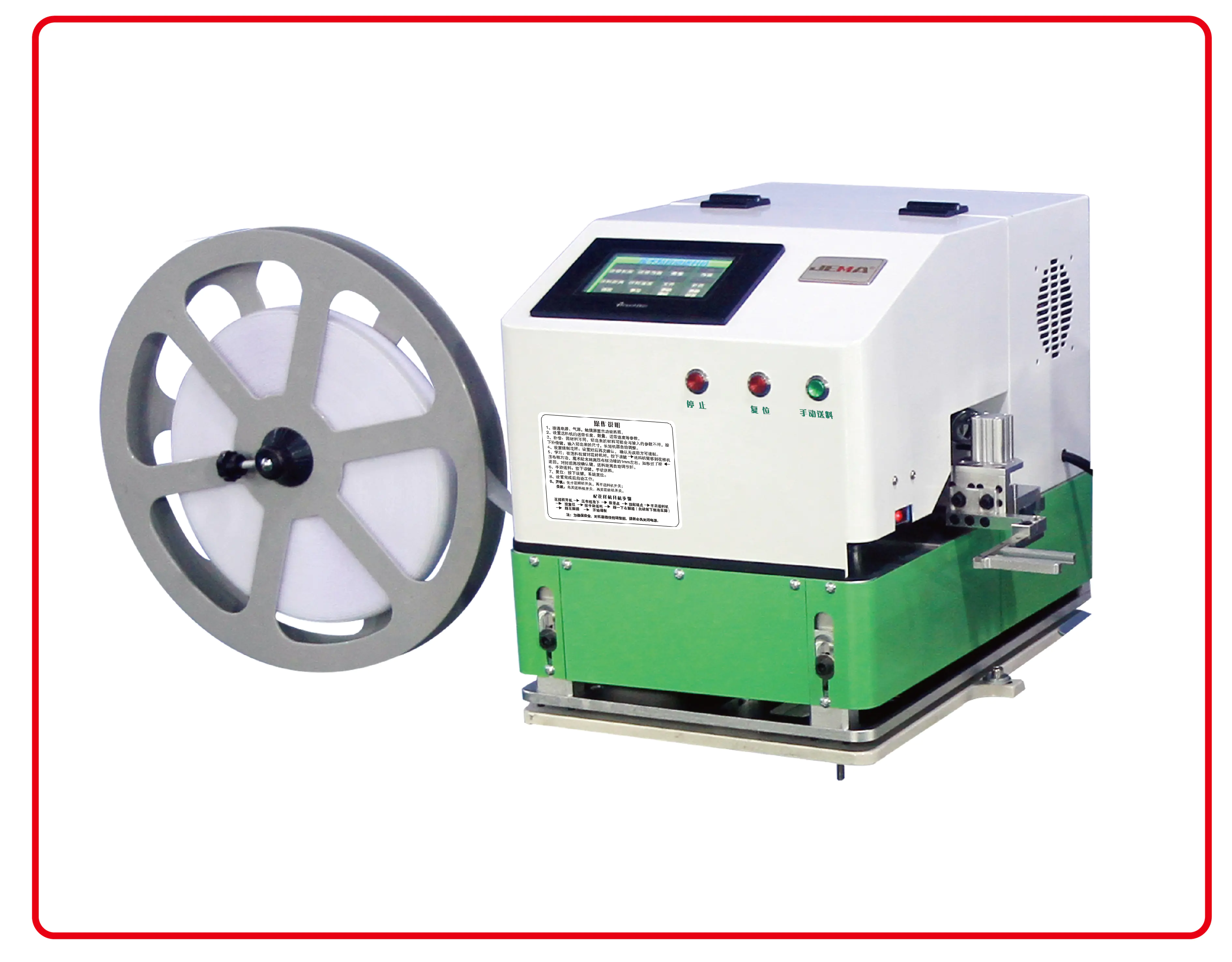Elastic Cutting and laser cutting represent two distinct approaches in modern manufacturing for material shaping. While both methods are widely used, they differ significantly in principles, applications, and outcomes. Understanding these differences is crucial for selecting the suitable technique based on material type, precision requirements, and production efficiency.

Fundamental Principles
Elastic Cutting and laser cutting operate on fundamentally different principles.
- Elastic Cutting: This method relies on controlled mechanical deformation and cutting tools that accommodate material elasticity. It gradually separates material along desired paths while reducing stress and distortion.
- Laser Cutting: Laser cutting uses a concentrated beam of light to melt, burn, or vaporize material along a precise path. The process is non-contact and highly localized, relying on thermal energy rather than mechanical force.
Material Compatibility
The two cutting methods exhibit different compatibility with materials.
- Elastic Cutting: Suitable for flexible materials, composites, and soft polymers. It excels at handling layered or stretchable substrates without causing delamination or tearing.
- Laser Cutting: Works well with metals, rigid plastics, wood, and thin sheets. While it can cut flexible materials, the heat-affected zone may cause warping or discoloration in sensitive substrates.
Precision and Edge Quality
Precision and the quality of cut edges vary between these methods.
- Elastic Cutting: Offers high-dimensional control for materials that can deform. Edge smoothness depends on tool sharpness, cutting speed, and material tension. Small adjustments can reduce fraying or rough edges.
- Laser Cutting: Provides extremely high precision with material deformation. Edges are often smooth and clean, but thermal effects may introduce slight burrs or discoloration on heat-sensitive materials.
Speed and Efficiency
Production speed and operational efficiency are influenced by the cutting technique.
- Elastic Cutting: Typically slower than laser cutting for high-volume production because of mechanical tool adjustments and pre-tensioning requirements. Suited for medium to small batch production or delicate materials.
- Laser Cutting: Extremely fast and efficient for repetitive, high-volume tasks. Automation and CNC integration allow continuous operation with a setup time.
Cost and Maintenance Considerations
Economic factors also differ between the two methods.
- Elastic Cutting: Lower initial equipment costs but higher tool wear over time. Maintenance involves blade sharpening or replacement and occasional calibration.
- Laser Cutting: Higher upfront investment in equipment, including lasers and CNC systems. Maintenance costs include beam source replacement, optics cleaning, and cooling system upkeep.
Safety and Environmental Impact
Safety protocols and environmental considerations vary with cutting methods.
- Elastic Cutting: Mechanical operation poses fewer thermal hazards but requires precautions against moving blades and pinch points. Minimal emissions are generated during cutting.
- Laser Cutting: High-intensity beams and fumes from vaporized material require safety enclosures, ventilation systems, and personal protective equipment to prevent burns and inhalation of harmful gases.
Applications and Suitability
Each method has industry-specific advantages.
- Elastic Cutting: Ideal for flexible composites, fabrics, foams, and elastomeric materials where mechanical stress must be reduced.
- Laser Cutting: Favored in aerospace, automotive, and electronics for metals, plastics, and rigid composite parts requiring tight tolerances and clean edges.
Choosing the Right Technique
Elastic Cutting and laser cutting offer complementary solutions for material processing. Elastic cutting provides good performance for stretchable, layered, or delicate materials, while laser cutting excels in speed, precision, and cutting rigid substrates. Selecting between them depends on material properties, production volume, cost considerations, and desired edge quality. Understanding the fundamental differences ensures suitable results and improves manufacturing efficiency.

 英语
英语 中文简体
中文简体 西班牙语
西班牙语 越南语
越南语 葡萄牙语
葡萄牙语 土耳其语
土耳其语







